© 2000-2025 - Enkey Magazine - All rights reserved
ENKEY SNC - VAT ID IT03202450924 / REA Code CA253701 - Phone. 078162719
The 2020 was a very strange year for all of us. Between quarantines, restrictions, masks, rate of transmission, etc, maybe you missed what else happened in the world during the just ended twelve months. The 2020 wasn’t only Covid-19, but it was a year full of scientific discoveries, taken a back seat, silence and invisible. Let’s find out together the 10 scientific discoveries of the 2020, collected together by the National Geographic for who missed them.
The oldest matter on Earth
In the 1969 a meteorite fell down on the Earth, it was called Murchison. In january of the 2020 a study published on Proceedings of the National Accademy of Science, revealed that a piece of that meteorite is the oldest matter ever found on the planet Earth (between the 4,6 and the 7 billion of years).
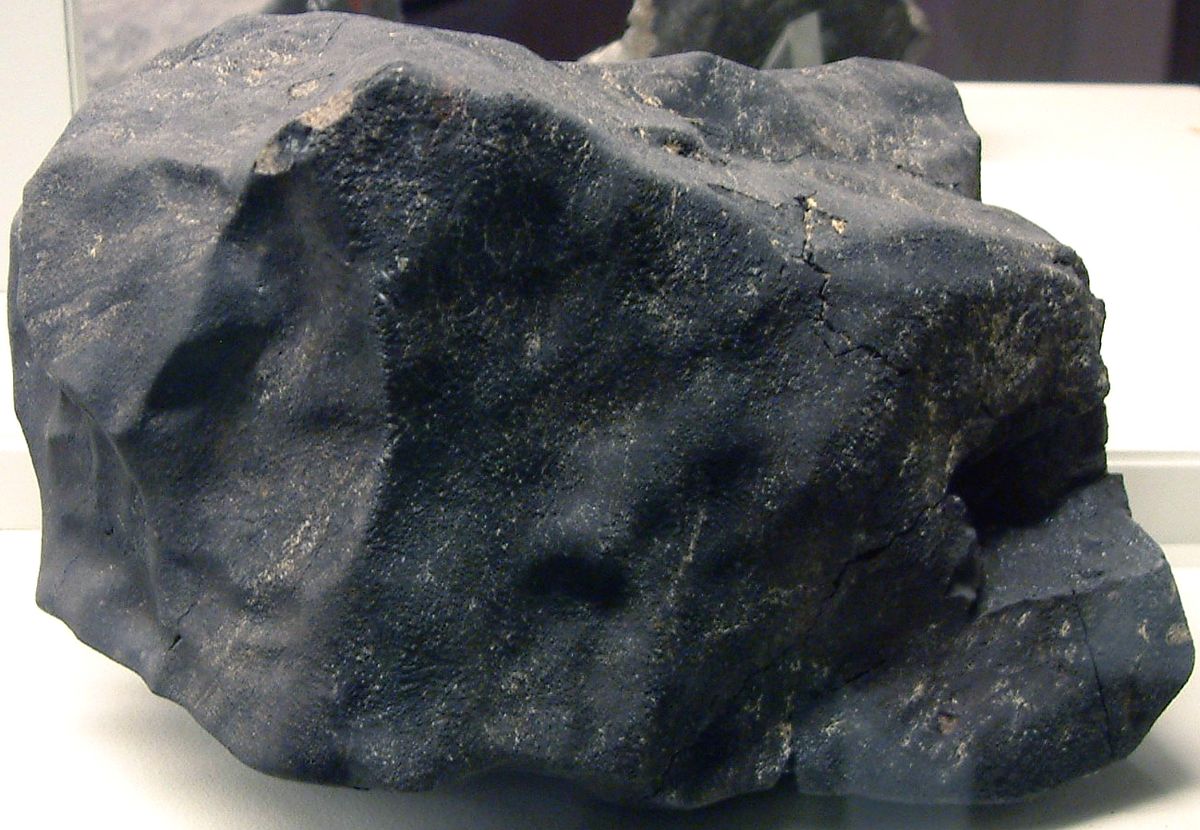
But that’s not all, the matter is even older of the Sun and, so, of the whole solar system.
Scientific discoveries of the 2020: Embryos of tyrannosaurus!
In the 1983 the remains of a tyrannosaurus were found on a site in Montana. Only during the last year, though, it was possible to establish that some of that remains are embryos of tyrannosaurus, which didn’t come out of the egg yet.
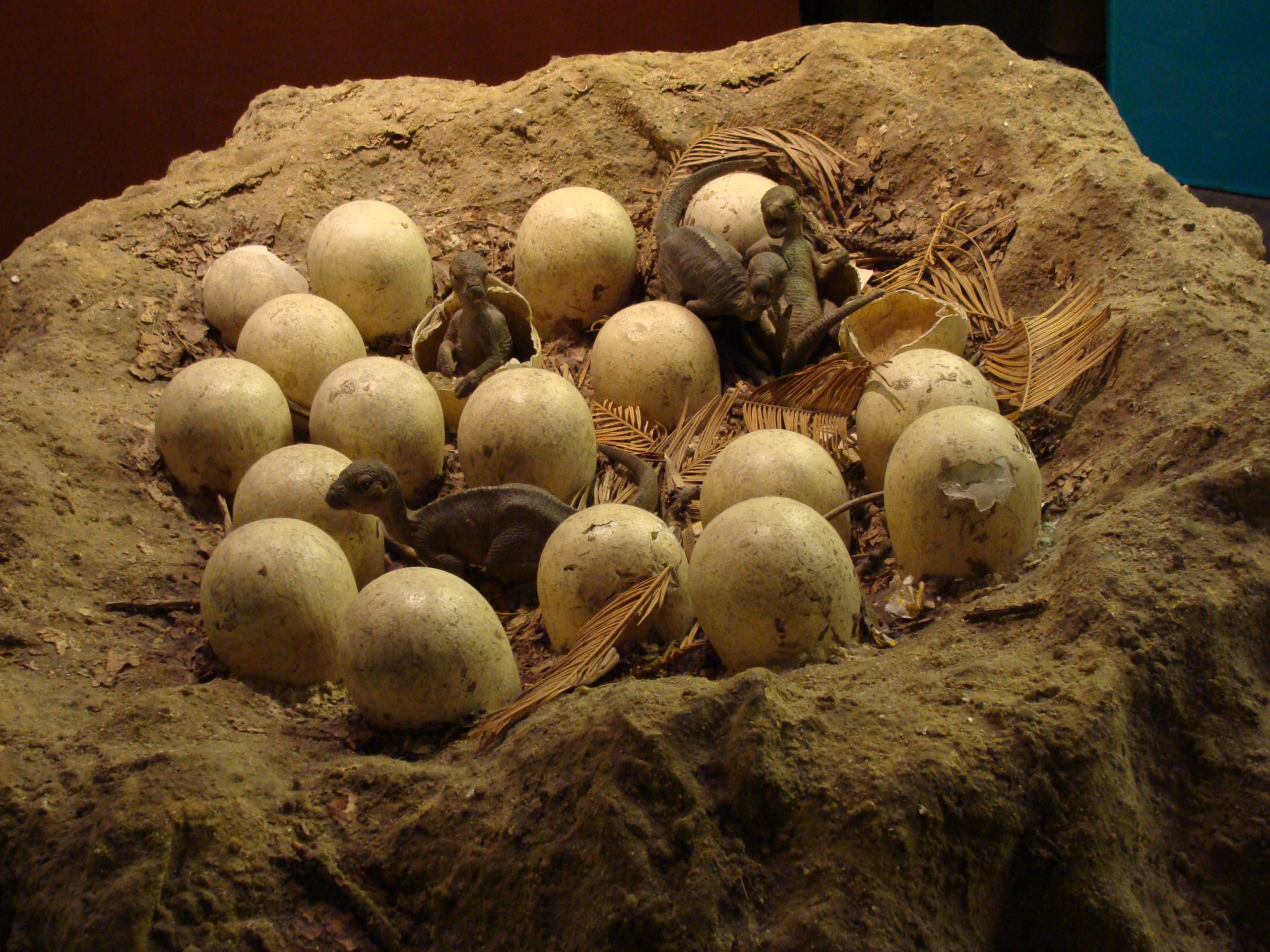
It was an amazing discovery because no one wondered that they were such small. The embryos re-assembled with the bones found on the site, infact, are more or less big as a chihuahua.
The noise of the martian earthquake
In the 2019 we were able to detect for the first time a martian earthquake. But no one were expecting what was happening next. A buzz hovers on the surface of Mars. A higher frequency compared with the ones usually releaved. A noise very similar to the ones made by the terrestrial oceans.
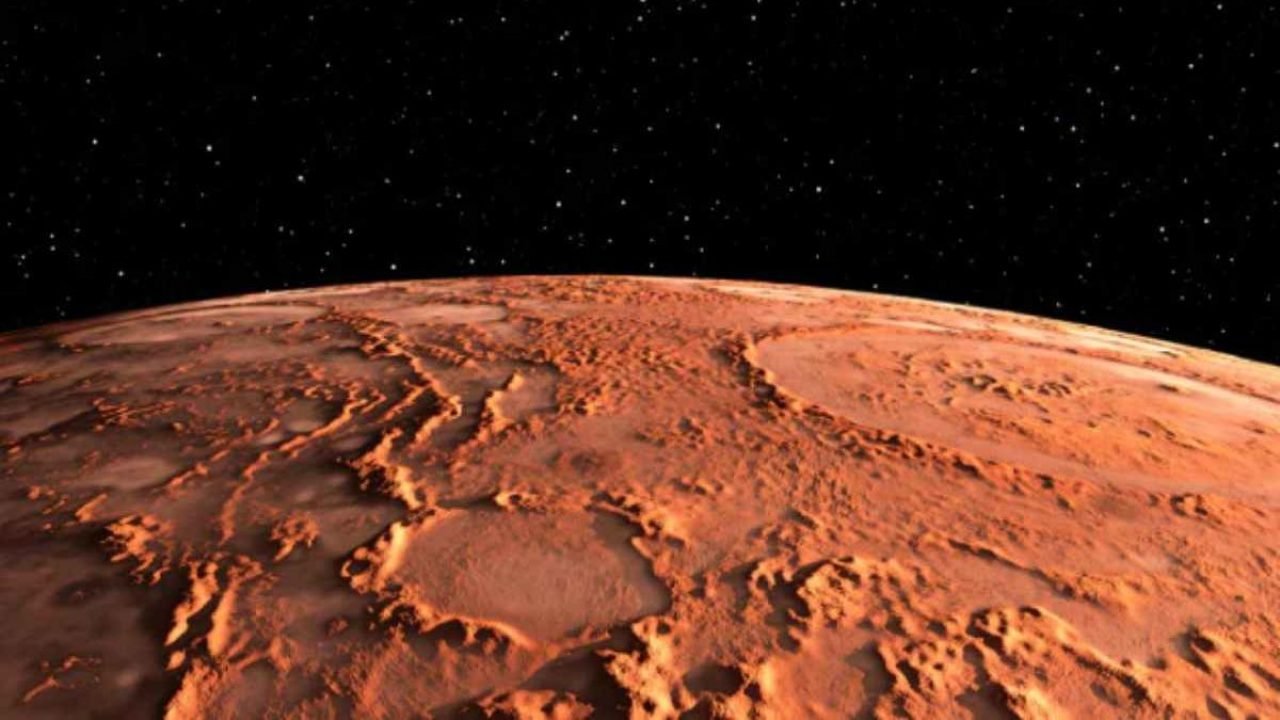
The buzz was examinated for the whole 2020, but we still don’t know what is.
Betelgeuse is less bright
Between the scientifical discoveries of the 2020 there is a strange phenomenon that interested the star Betelgeuse, one of the brightest in the terrestrial sky. From october of the 2019 to april 2020 the star was less bright and no one could explain why.
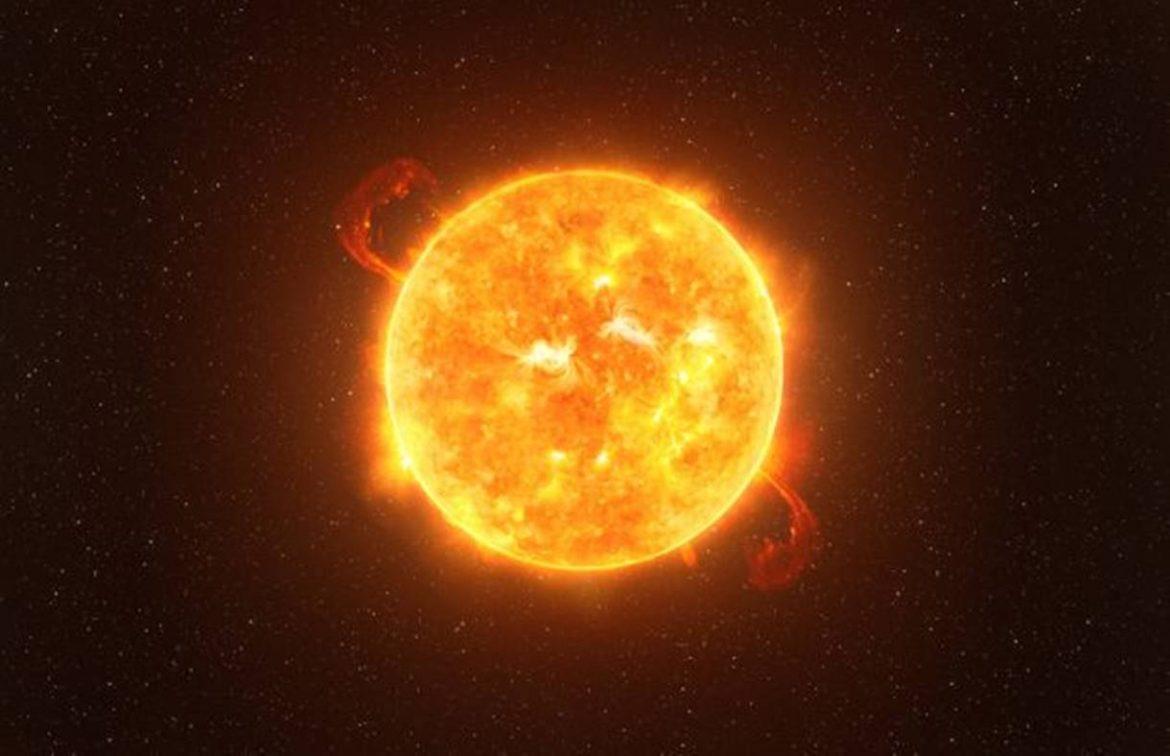
Until when a study published in august on the Astrophysical Journal explained that the star was less bright because of a cloud of dust, generated by the star itself.
Scientific discoveries of the 2020: what did the nodosaurid eat?
In the 2011 it’s been found the remains of a nodosaurid (armored dinosaur). The surprising thing of the finding is that inside it there were still the remains of its last meal. So we learnt a lot about the dinosaur.
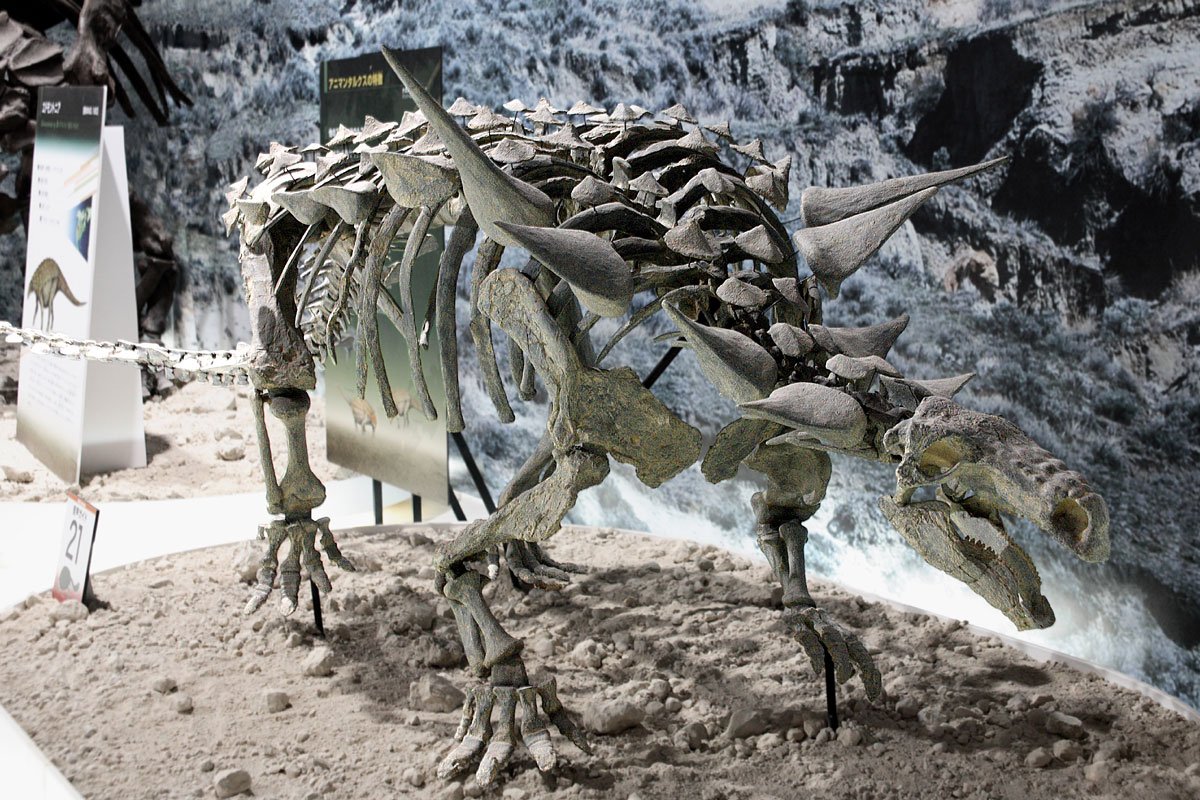
A study published last year (2020) revealed that the nodosaurid ate fern and woody twigs as its last meal.
The second epidemic of Ebola finished
While everyone was thinking about the Covid-19 there was who was still fighting with the epidemic of Ebola. Starting from the august of the 2018 in the Democratic Republic of Congo developed the second biggest epidemic of ebola, which infected 3480 people, killing almost 2300 of them.

The 25th of june of the 2020 the OMS declared the epidemic officially finished.
Scientific discoveries of the 2020: a skull of Homo Erectus
In the 2015 two students (Jesse Martin and Angelina Leece) found the remains of a skull inside a mine close to Johannesburg, in South Africa. At the beginning they thought it was a monkey skull.
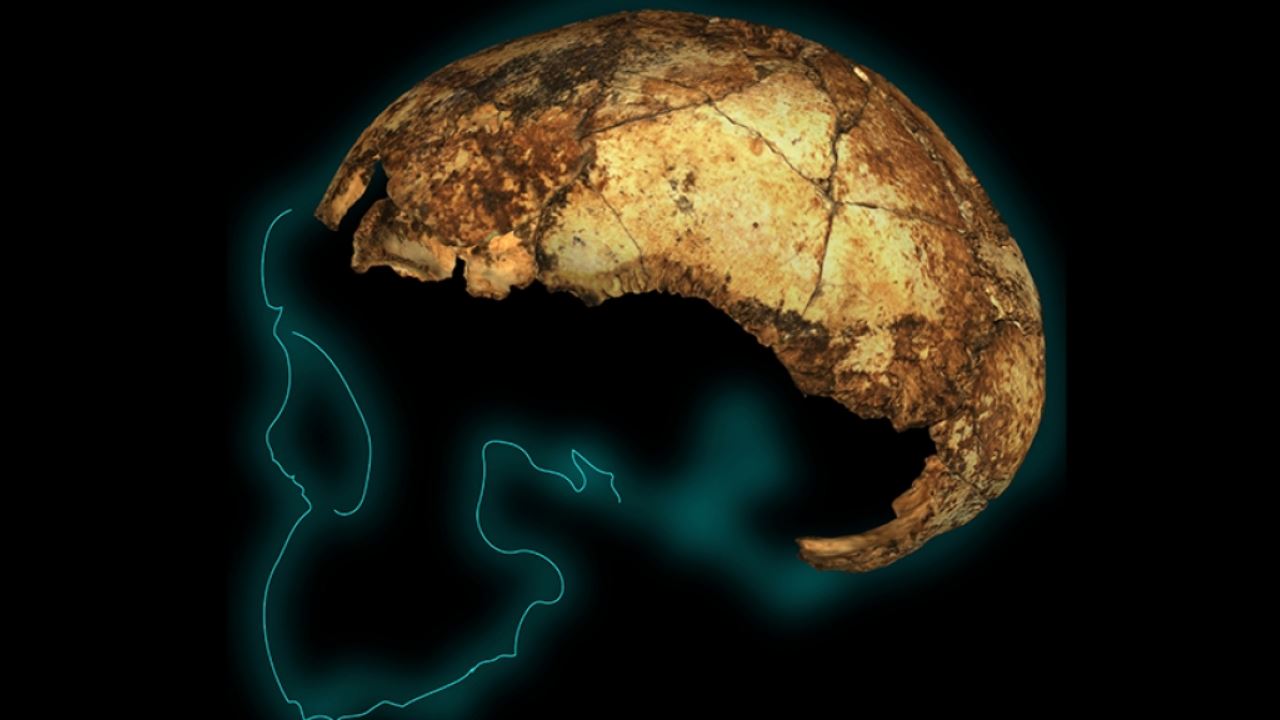
Only later they found out it was, in reality, the oldest skull of homo erectus ever found (about 2 millions of years).
DNA of dinosaur
If you are fans of Jurassic Park probably you know that it isn’t a good idea playing with the DNA of a dinosaur. However between the scientific discoveries of the 2020 there is right the DNA of dinosaur!

The DNA was found inside some remains 70 million of years old. The scientists weren’t, though, able to extract it from the remains.
Scientific discoveries of the 2020: when did we really arrive in the Americas?
What we know for sure is that the first human populations settled in the new continent about 13 millions and half years ago. We don’t know how they arrived there.
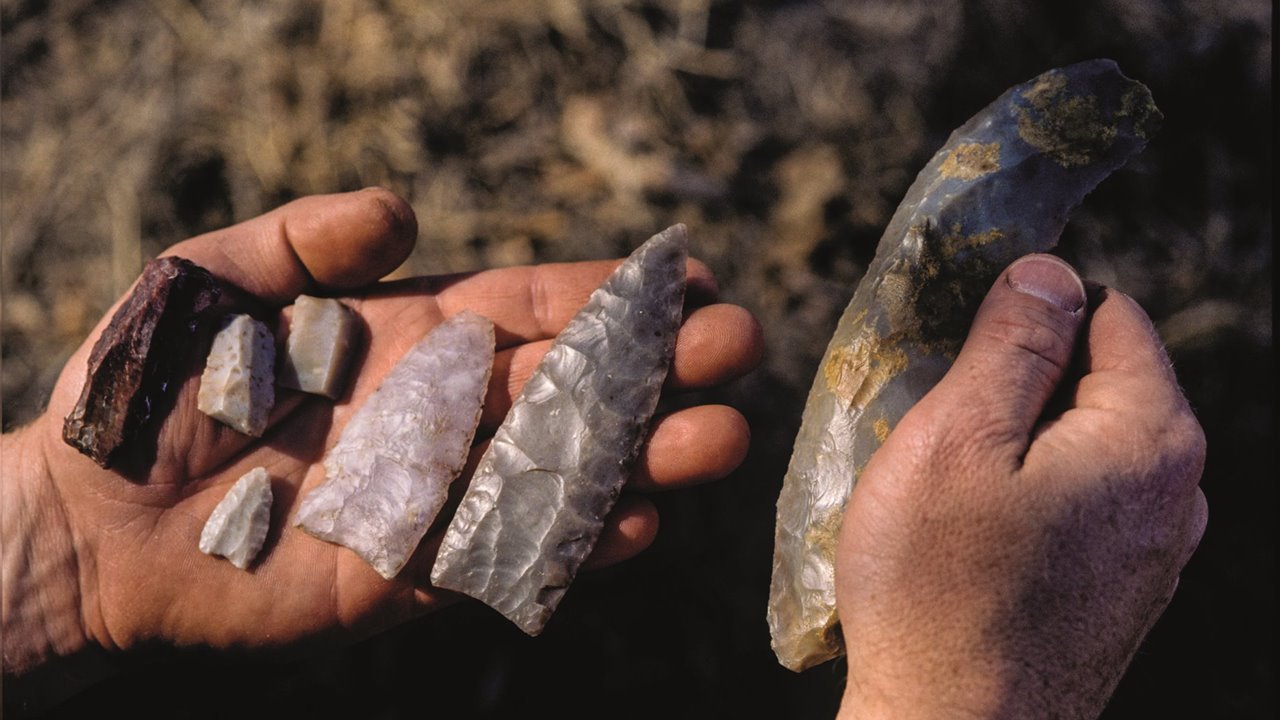
By the way a site in Mexico opens new doors. There, infact, they found spears and chipped stones 30 thousand years old.
Scientific discoveries of the 2020: a new coral reef!
Lastly, let’s talk about the coral reef, the biggest living being of the planet and, unfortunatelly, even the most endangered.
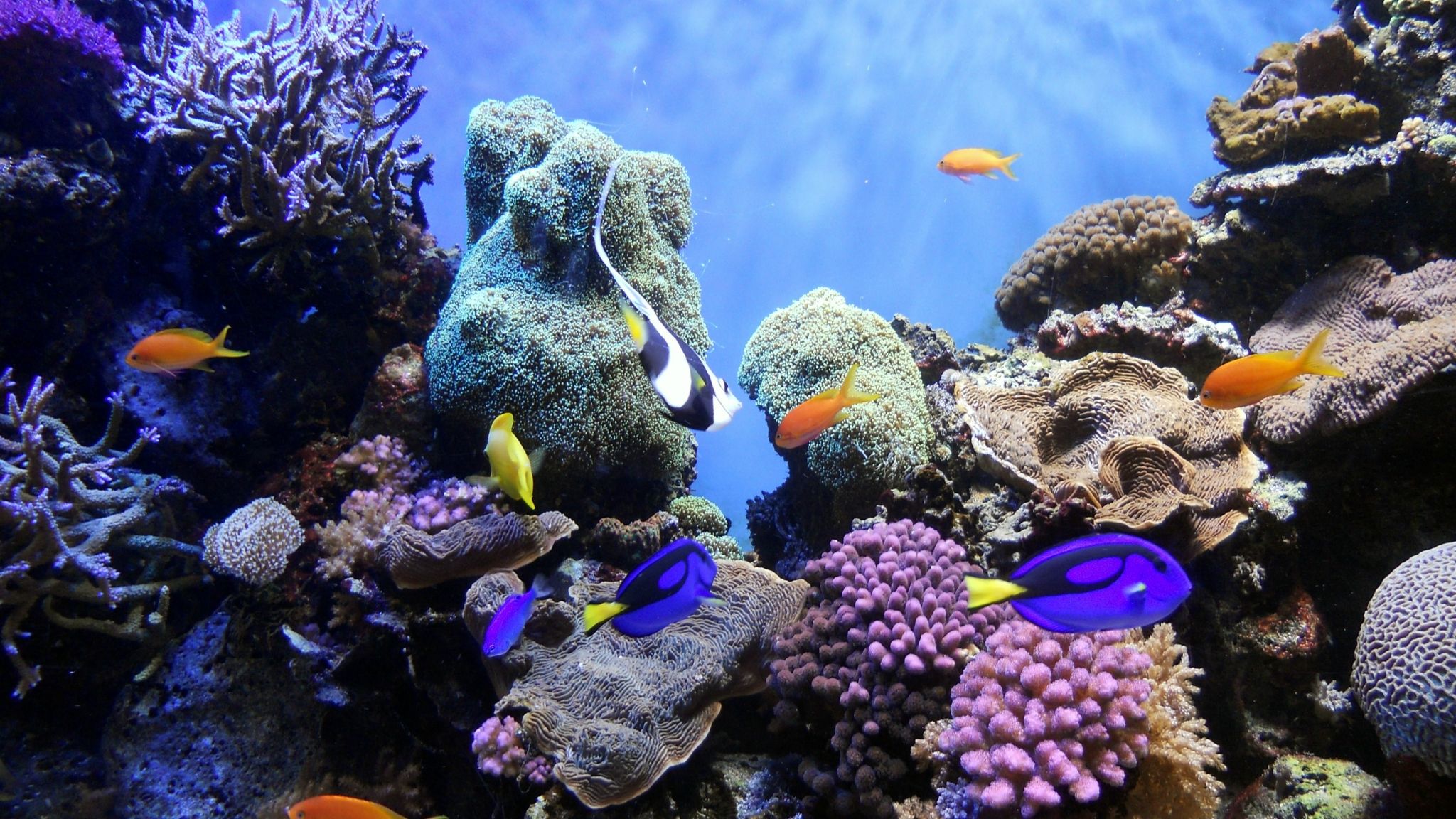
Fortunatelly the ones that arrive from the expedition Schmidt Ocean Institute are only good news. In the north east of the Australia it’s been found a coral formation very similar to a tower 500 meters tall.
This post is also available in:
 Italiano
Italiano


